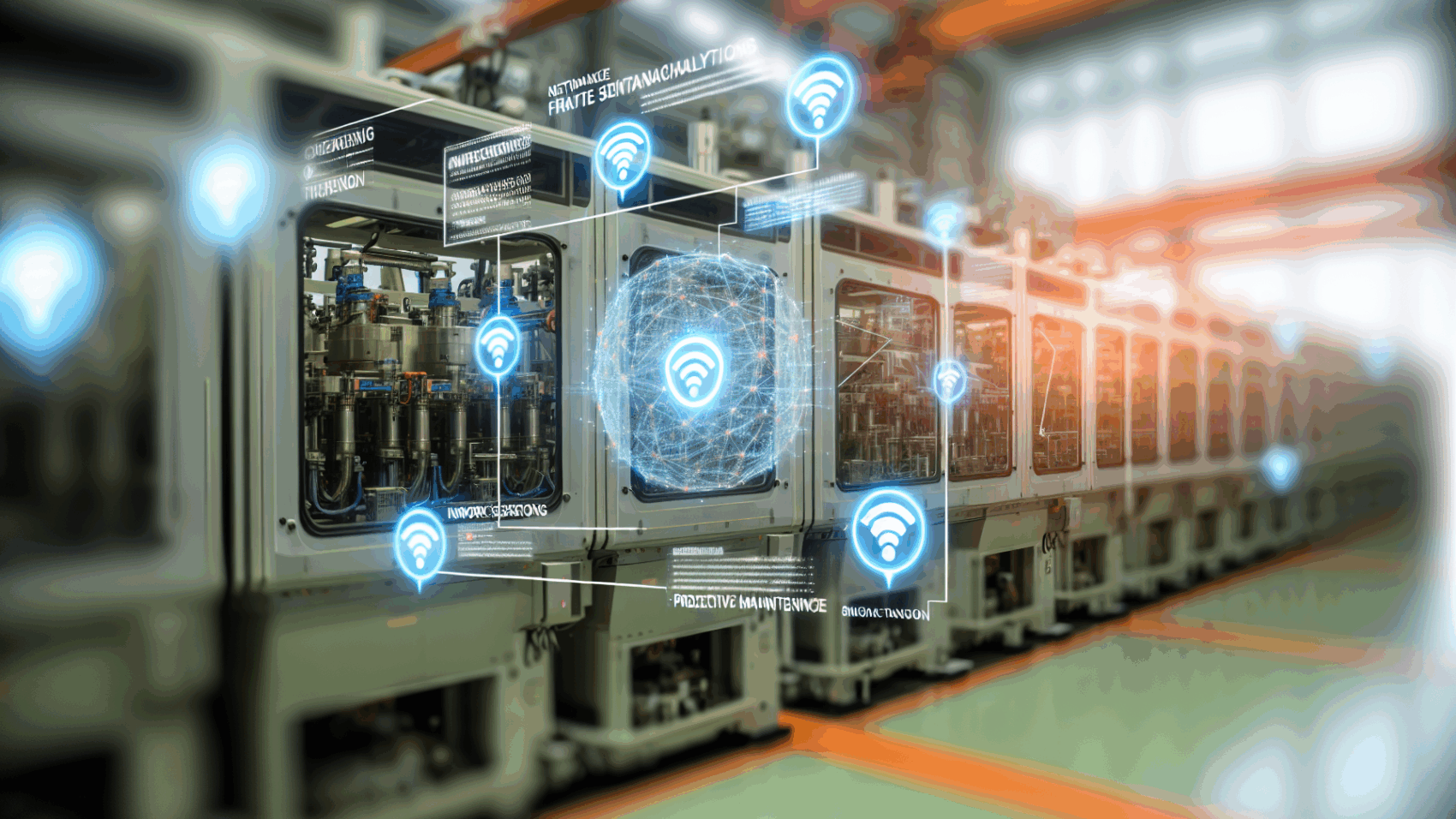Discover how 5G technology is revolutionizing maintenance practices by providing ultra-fast connectivity and real-time analytics. This article delves into the integration of 5G in predictive maintenance, offering actionable insights to enhance operational efficiency.
The Synergy of 5G and Predictive Maintenance
The transformative potential of merging 5G connectivity with predictive maintenance strategies is profound, deeply affecting the way industries manage and maintain their machinery and systems. The standout features of 5G technology – lower latency, higher bandwidth, and enhanced reliability – are pivotal for the realization of real-time data acquisition and analytics. This, in essence, is the cornerstone of predictive maintenance, which relies on the constant monitoring and analysis of data from machinery to predict and preemptively address potential issues before they lead to failure.
A significant advantage offered by the synergy between 5G and predictive maintenance is the ability to perform health monitoring of machinery with unprecedented precision. The low latency of 5G networks allows for the nearly instantaneous transmission of data, enabling real-time monitoring and analysis. This means that any deviation in machine performance can be detected almost immediately, allowing maintenance teams to take swift action. With the higher bandwidth, vast amounts of data can be transmitted without the bottleneck effects often seen in previous-generation networks. Consequently, the fidelity of machine health assessments is significantly enhanced, as more data points can be collected and analyzed in real-time.
Industries such as manufacturing and energy have begun to realize substantial benefits from this technological convergence. For example, in the manufacturing sector, the integration of 5G with predictive maintenance has led to reduced machine downtime, substantial cost savings in maintenance operations, and extended lifespans of critical machinery. This has not only improved operational efficiency but also competitiveness in a global market. In the energy sector, where the reliability and integrity of infrastructure are paramount, the adoption of these technologies has resulted in improved grid stability, reduced operational costs, and enhanced safety protocols.
The role of machine learning and the Internet of Things (IoT) within this paradigm cannot be overstated. Machine learning algorithms thrive on vast datasets to more accurately predict potential failures, while IoT devices provide the means for collecting this data. 5G stands as the backbone that supports these advancements, offering the necessary speed, capacity, and reliability to make real-time, data-driven maintenance a reality. This synergy not only signifies a leap towards more efficient and reliable operations across various sectors but also underscores the seamless integration of cutting-edge technologies in revolutionizing modern maintenance practices.
Conclusions
In conclusion, the union of 5G networking with predictive maintenance methodologies marks a significant leap forward in industrial maintenance. The advent of 5G’s low latency and high-speed capabilities, alongside machine learning and IoT, transforms maintenance from a reactive to a proactive, data-driven practice, delivering remarkable improvements in efficiency, safety, and sustainability.

